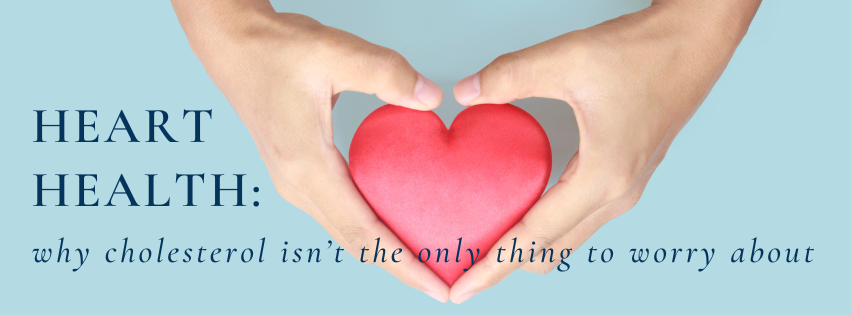
Do you know what the number one killer is in the United States?
It’s not gun violence or the coronavirus. Not even the flu could touch this culprit’s death rate. Most likely you know someone who has fallen victim to its detrimental influence because the CDC cites that it causes 1 out of every 5 deaths.
Would It surprise you to hear that heart disease is the most deadly predator in the United States and also the world?
Do you have a family history of heart disease?
If you have a family history of heart disease some indicators might already be on your radar. You might be thinking about aging, weight, your nutritional intake, alcohol consumption, smoking habits, and your ability to manage stress. These contributing factors most often undermine heart health.
If you have diabetes, hypertension or metabolic syndrome your conventional medical doctor may have already run a blood panel to check your LDL and HDL cholesterol levels. Cholesterol is the main indicator of heart disease – depending on the levels found in your body, LDL the detrimental cholesterol and HDL beneficial.
What other things should you consider in terms of testing for heart disease?
There is more to consider about heart disease than just cholesterol. Functional testing takes a deeper look at the health of your heart beyond history and cholesterol. A more extensive blood panel can locate markers that a traditional panel might miss.
Here are twelve tests you should contemplate in relation to measuring your heart health beyond mere cholesterol numbers:
According to this recent article written by Michael Downey, several tests beyond a basic blood panel are outlined and explained:
- LDL P (LDL particles) – Although this test is technically an indicator of cholesterol in your body, more than a typical blood panel, it helps you understand the overall number of LDL particles in your body.
- Small LDL – Again, this test acknowledges cholesterol in your body and takes it a step further by letting you know how many small LDL particles are present. In the case of cholesterol, small particles are particularly important because they can penetrate arterial walls resulting in plaque build-up.
- LP-IR indicates insulin resistance and it’s severity. High insulin resistance is a leading cause of diabetes and a contributing factor for heart disease.
- Oxidized LDL – A test to discover the oxidation level of small LDL particles which are more likely to oxidize and become more dangerous as they do.
- MPO blood test – Tests for and enzyme called MPO causes inflammation in the arterial walls and contributes to arterial plaque especially when oxidized LDL are present.
- C-Reactive Protein (CRP) – this test measures levels of inflammation and whether or not chronic inflammation is present. The higher the levels of inflammation indicate a greater risk of heart disease overall.
- Apolipoprotein B (ApoB) – “Apolipoprotein B proteins are now “widely accepted as the most important causal agents of atherosclerotic cardiovascular disease.”13”
- Homocysteine – additional testing for cell damage and inflammation of the arterial walls
- Vitamin D 25-Hydroxy – a test used to measure levels of vitamin D which is beneficial in preventing heart disease
- CBC/Chemistry Profile – a test for general and immune health
- HbA1c – measures glucose levels
- Omega-3 Index – measures levels of omega fatty acids in the body; omegas another beneficial nutrient in preventing heart disease
There are so many things for your team to consider when managing your heart health. It’s important to dig deeper than just cholesterol levels, especially if you have a history of heart disease or are experiencing the onset of any of the contributing factors listed above.
As a naturopathic physician I can help you get to the root of your symptoms and work through functional testing beyond cholesterol levels. I am able to consult with you and create an individualized plan in conjunction with your conventional medical doctor’s directives to ensure your most optimal heart health.
Are you living in the Guilford/ Branford/ New Haven/ Madison/ Clinton area and would like to learn more about integrative solutions for your health care needs.
Call (203) 453-0122 or CLICK HERE to schedule a consultation.
REFERENCES
https://www.cdc.gov/heartdisease/facts.htm
https://www.questdiagnostics.com/healthcare-professionals/about-our-tests/cardiovascular/advanced-lipid
https://www.lifeextension.com/magazine/2021/5/blood-tests-predict-cardiovascular-risks
https://www.who.int/health-topics/cardiovascular-diseases#tab=tab_1



